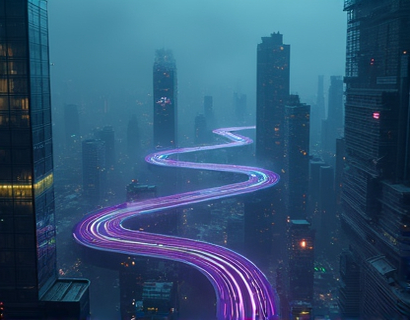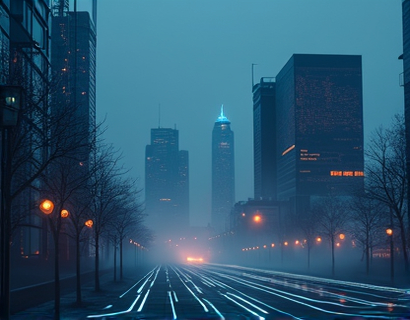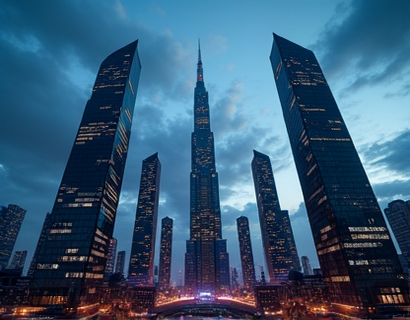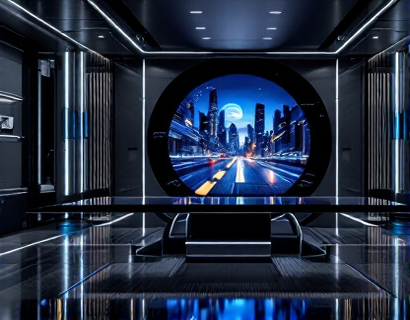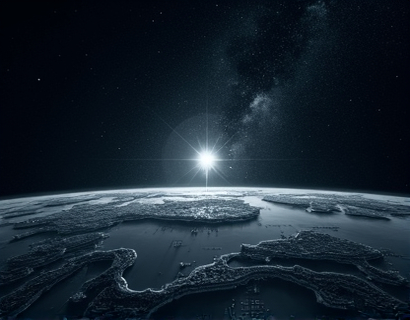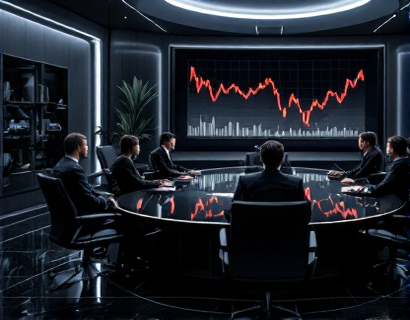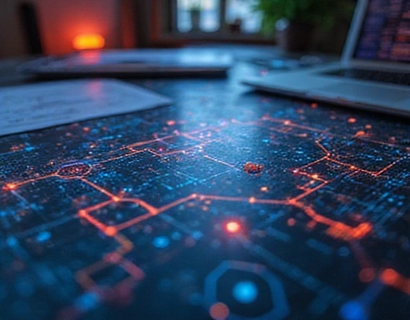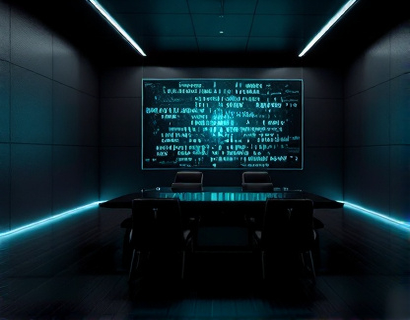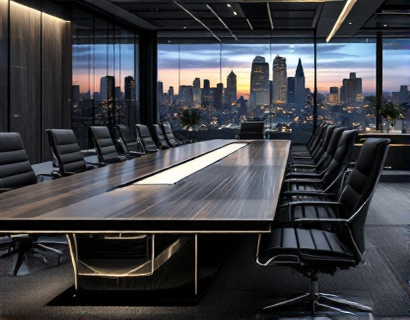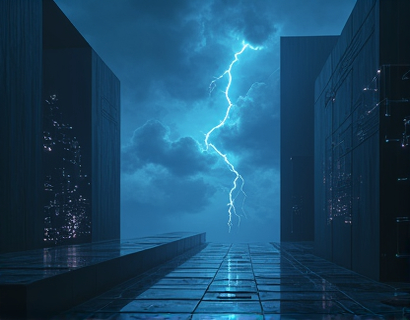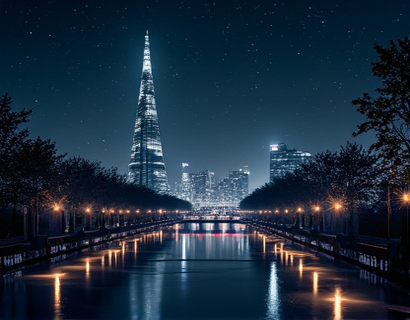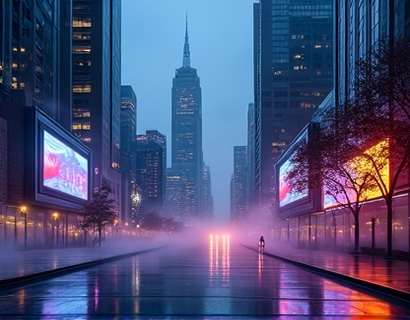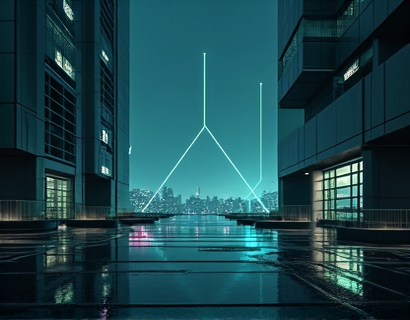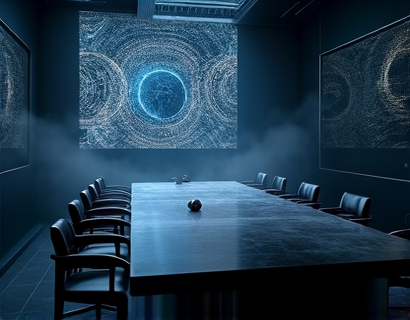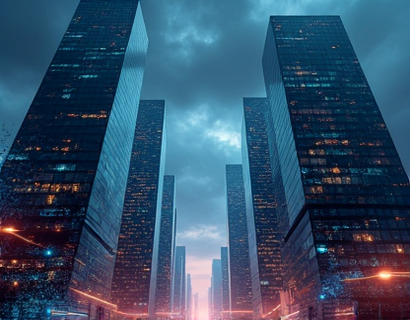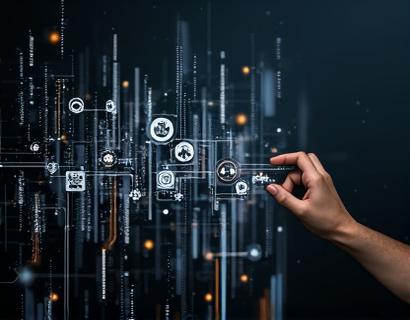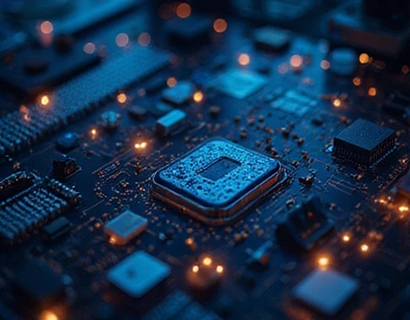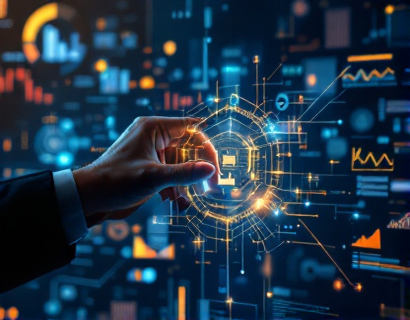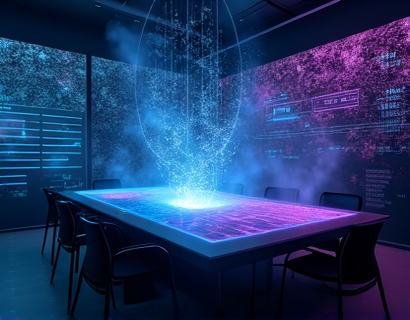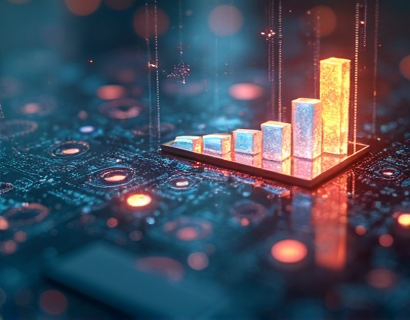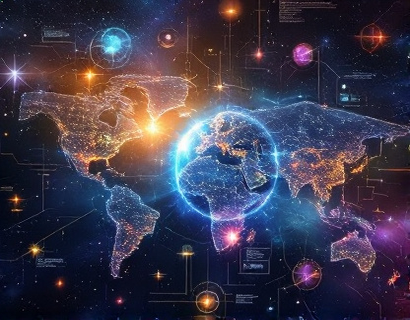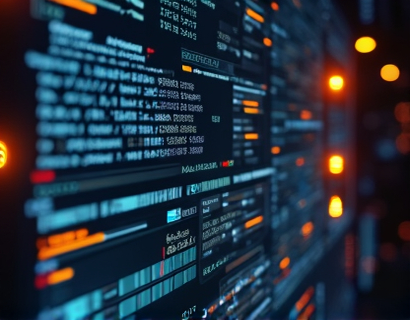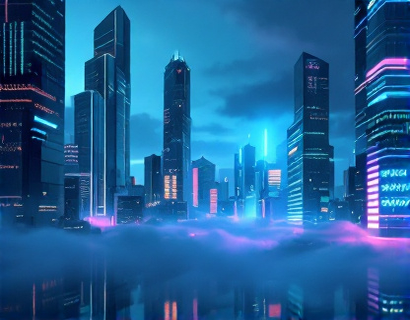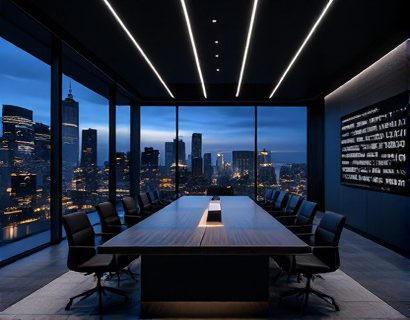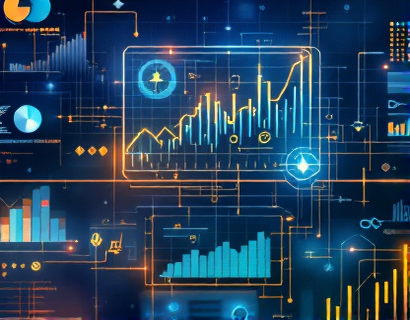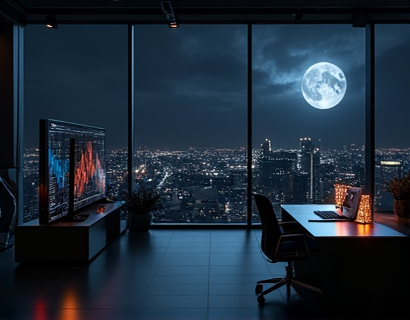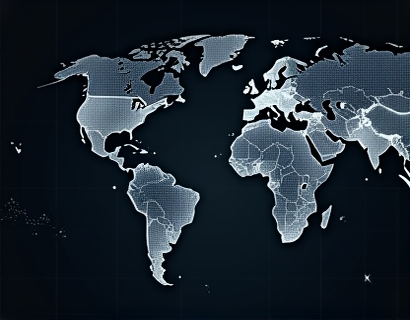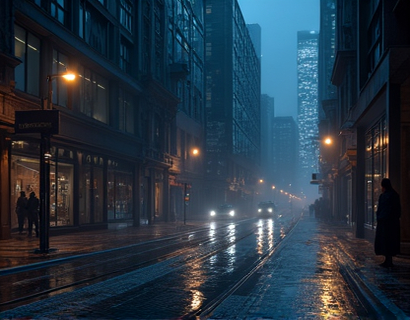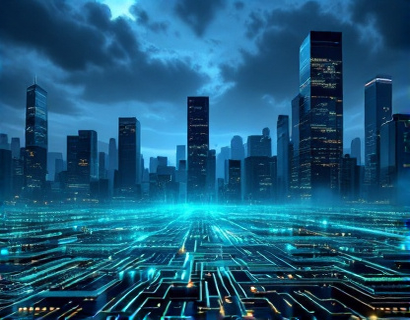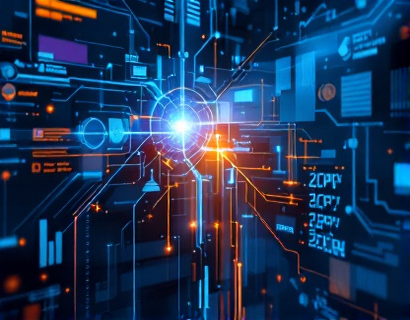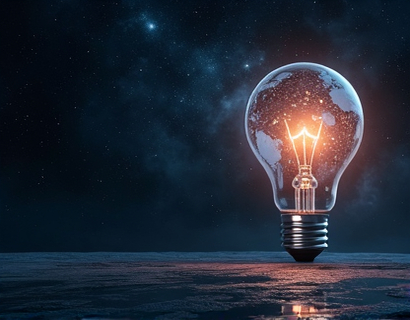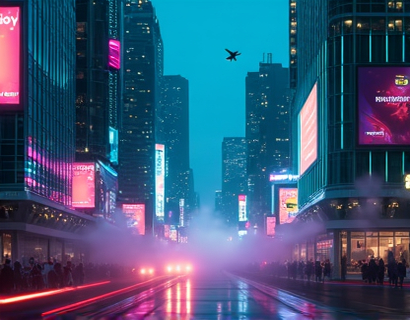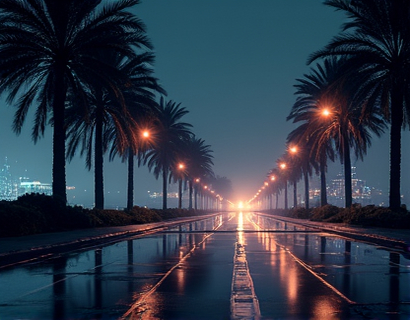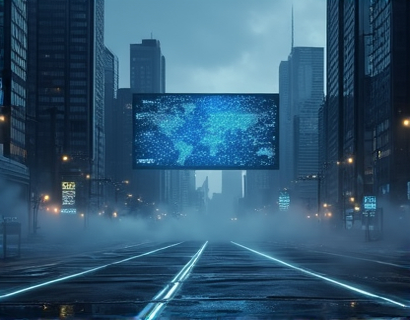AI-Powered Image Creation: Revolutionizing Art with Intelligent Technology
The integration of artificial intelligence in the realm of art creation has opened new horizons for creativity and innovation. This technology allows users to transform their most abstract concepts into visually stunning masterpieces with unprecedented ease. The advent of AI-powered image generation tools has democratized art, making it accessible to a broader audience, including those without traditional artistic skills. This article delves into the transformative power of AI in art creation, exploring how it is reshaping the creative landscape and empowering both artists and businesses to produce high-quality, unique visuals.
The Evolution of Art Creation
Traditionally, art creation was a manual process involving various mediums such as paint, pencil, and canvas. The artist's vision was brought to life through skill, practice, and patience. However, this process was often time-consuming and required a significant investment in time and resources. The introduction of digital tools and software marked a significant shift, allowing for more efficient and versatile creation processes. Yet, even with these advancements, the barrier to entry for creating high-quality art remained relatively high.
With the emergence of AI-powered image generation, the creative process has been further revolutionized. These tools leverage machine learning algorithms to understand and interpret user inputs, translating textual descriptions or simple sketches into detailed, visually compelling images. This technology not only accelerates the creation process but also expands the creative possibilities, enabling users to explore new styles and concepts that might have been challenging to achieve manually.
How AI Image Generation Works
At the core of AI-powered image generation is a combination of deep learning and neural networks. These algorithms are trained on vast datasets of images, allowing them to learn the patterns, styles, and structures that define different artistic genres and techniques. When a user inputs a prompt, the AI analyzes the text, identifies key elements, and generates an image that best represents the described concept.
The process involves several steps. First, the AI parses the input text to extract meaningful information. This includes identifying objects, colors, textures, and even emotional tones. Next, the algorithm generates a preliminary sketch or outline based on the extracted data. This sketch is then refined and detailed through multiple iterations, with the AI continuously adjusting and optimizing the image to better match the user's intent. The final output is a high-resolution image that captures the essence of the original prompt.
Benefits for Artists
For professional artists, AI-powered image generation serves as a powerful tool to enhance their creative workflow. It allows them to quickly prototype ideas, experiment with different styles, and explore new artistic directions without the constraints of traditional mediums. This can significantly reduce the time and effort required to develop a concept, enabling artists to focus more on refining their craft and less on the technical aspects of creation.
Moreover, AI can assist in overcoming creative blocks by suggesting novel combinations of elements and styles. Artists can use these suggestions as inspiration, leading to innovative and unique pieces that might not have been possible through conventional methods. The collaboration between human creativity and AI technology fosters a synergistic relationship, pushing the boundaries of what is possible in the art world.
Benefits for Businesses
Businesses, particularly those in marketing, advertising, and branding, can greatly benefit from AI-powered image generation. The ability to quickly generate high-quality visuals can streamline the design process, reducing the time and cost associated with traditional methods. This is especially valuable for startups and small businesses with limited resources, as it allows them to produce professional-grade content without the need for extensive design teams.
AI-generated images can also help in creating consistent and cohesive branding materials. By using specific prompts, businesses can ensure that their visual identity is maintained across various platforms and media. Additionally, the customization capabilities of AI tools enable businesses to tailor their visuals to specific target audiences, enhancing the effectiveness of their marketing campaigns.
Creating Unique Visuals with AI
The versatility of AI-powered image generation makes it an invaluable asset for creating unique and original visuals. Whether it's for a logo design, a product illustration, or a conceptual art piece, the technology can produce results that are both distinctive and compelling. The key to generating high-quality, unique images lies in crafting precise and detailed prompts that guide the AI in creating the desired outcome.
For instance, a business looking to create a new product image can describe the product's features, materials, and intended use. The AI will then generate a realistic and accurate representation, complete with lighting, shadows, and textures. This level of detail ensures that the final image is not only visually appealing but also functional for the intended purpose.
Challenges and Considerations
While AI-powered image generation offers numerous advantages, it is not without its challenges. One of the primary concerns is the quality and originality of the generated images. While AI has made significant strides, there is still a risk of producing images that lack the nuance and emotional depth found in human-created art. Additionally, the reliance on algorithms means that the output can sometimes be predictable or generic if the prompts are not carefully crafted.
Another consideration is the ethical use of AI in art creation. Issues such as copyright infringement and the potential for AI to replicate existing styles without proper attribution need to be addressed. Artists and businesses must ensure that they use AI tools responsibly and ethically, respecting the intellectual property rights of others and giving credit where it is due.
Future Prospects
The future of AI-powered image generation is promising, with ongoing advancements likely to further enhance its capabilities. Improvements in algorithm efficiency and data diversity will lead to more realistic and diverse outputs. The integration of additional sensory data, such as sound and texture, could also open new dimensions in creative expression.
Moreover, the accessibility of these tools is expected to increase, making AI-powered art creation available to a wider audience. As the technology becomes more user-friendly and affordable, more individuals and businesses will have the opportunity to harness its potential, leading to a more inclusive and vibrant creative ecosystem.
Conclusion
AI-powered image generation represents a significant leap forward in the field of art creation, offering unprecedented opportunities for both artists and businesses. By transforming abstract concepts into stunning visuals with just a few prompts, this technology is redefining the creative process and unlocking new levels of innovation. As the technology continues to evolve, it will undoubtedly play an increasingly important role in shaping the future of art and design.



